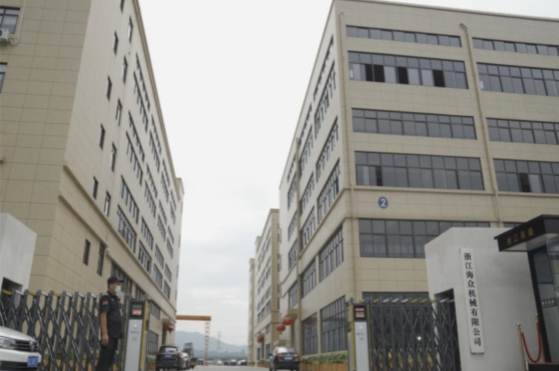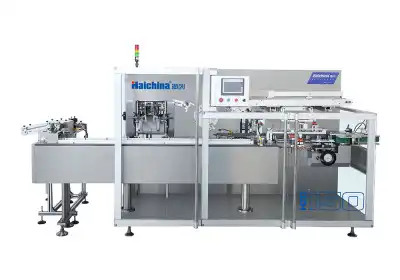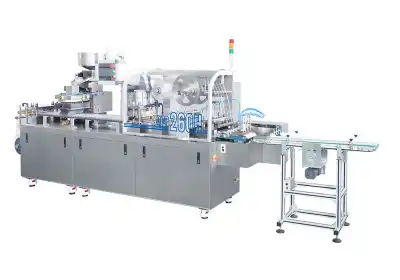The Evolution of Packaging Technology: From Manual to Automated Solutions
The Legacy of Manual Packaging
Manual packaging has played a crucial role in the packaging industry, especially for businesses with low-volume production or highly specialized products. Workers use their skills to assemble, fold, and seal each package with care and precision, ensuring each item is properly handled. While this method demands significant labor and time, it allows for intricate customization, such as special packaging designs, unique sizes, or small batches. Although it is labor-intensive and slower than automated methods, manual packaging remains an essential option for industries where flexibility and personal touch are valued over high throughput.
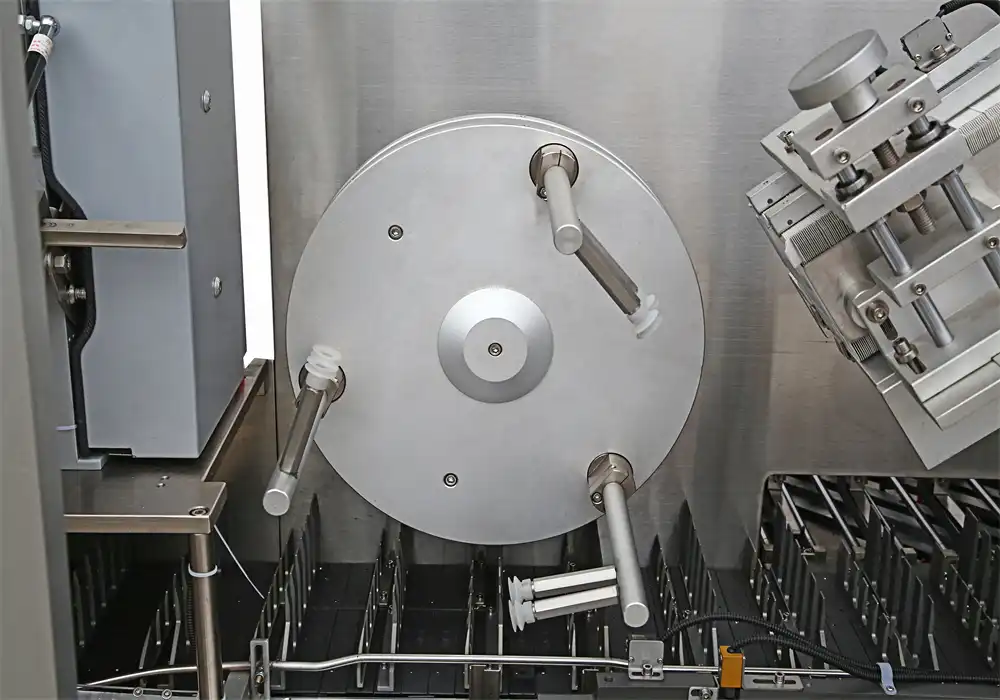
The Rise of Blister Cartoning Machines
With the rapid growth of consumer demand and the need for more efficient production, blister cartoning machines emerged as a game-changer in the packaging world. These machines automated the process of placing blister packs into cartons, a significant advancement in both speed and consistency. By reducing reliance on manual labor, blister cartoning machines increased production rates while minimizing errors. Their ability to handle a wide variety of carton sizes and blister configurations made them a popular choice for industries like pharmaceuticals and consumer goods, where speed and accuracy are paramount.
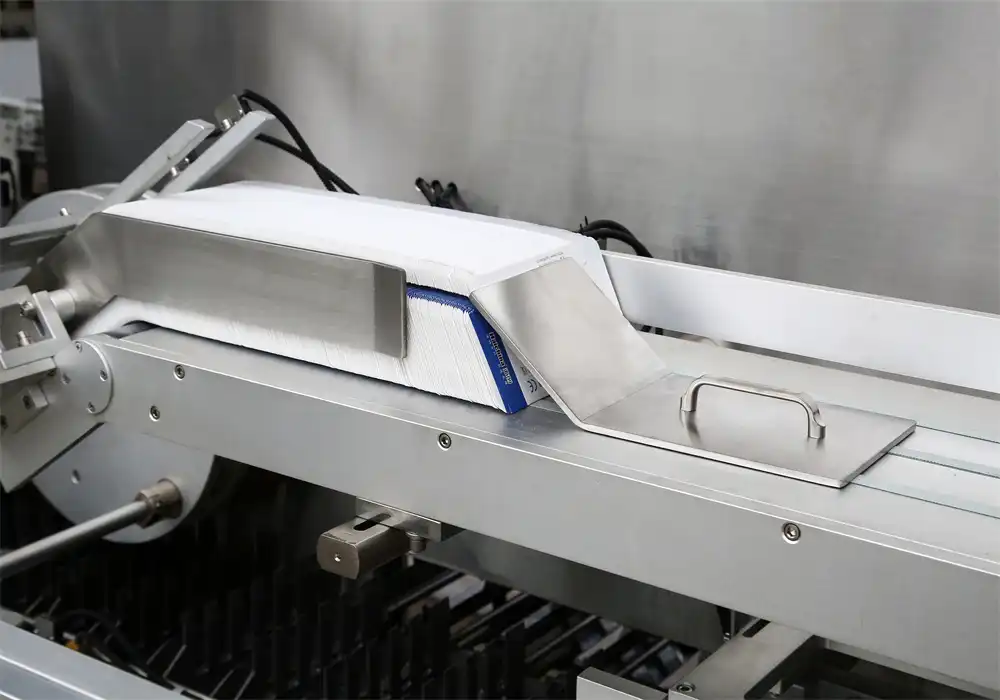
Technological Advancements in Automated Packaging
In recent years, the capabilities of automated packaging machines have been revolutionized with the integration of state-of-the-art technologies. Modern blister cartoning machines now incorporate features such as servo motors, which provide precision control, and vision systems that continuously monitor product quality. Additionally, human-machine interfaces (HMIs) have been designed to make machine operation intuitive, reducing the learning curve for operators. These innovations have not only improved efficiency but also enhanced the flexibility and reliability of packaging lines, offering greater versatility and reduced downtime in high-demand production environments.

Comparing Performance: Efficiency, Accuracy, and Output
Speed and Throughput
Blister cartoning machines are renowned for their exceptional speed and throughput, offering a level of efficiency that manual labor simply cannot match. These machines are capable of processing up to hundreds of cartons per minute, with some advanced models even surpassing this rate. This capability drastically improves production capacity, allowing manufacturers to meet high-demand schedules and tight deadlines without compromising on output. Moreover, the automation ensures that production is continuous, reducing downtime and maximizing overall throughput, which is crucial in high-volume industries.
Consistency and Quality Control
In industries like pharmaceuticals and consumer goods, maintaining a high level of consistency in packaging is critical for both compliance and customer satisfaction. Blister cartoning machines are engineered to consistently produce high-quality cartons with precision. The automated processes remove the variability introduced by human workers, ensuring that each carton is folded, filled, and sealed according to strict specifications. This level of consistency not only minimizes errors but also reduces waste, ensuring that packaging standards are met across large production runs, regardless of time or complexity.
Adaptability to Different Packaging Needs
Blister cartoning machines are highly adaptable, making them ideal for businesses that require flexibility in their packaging solutions. Many modern machines are equipped with quick-change tooling and adjustable settings, enabling easy transitions between different product sizes, shapes, and carton types. This adaptability ensures that manufacturers can efficiently handle a wide range of products, from small batches of specialty items to larger runs of mass-produced goods. The ability to rapidly switch between various packaging configurations also reduces downtime during changeovers, contributing to a smoother, more cost-effective operation.
Economic Implications: Cost Analysis and Return on Investment
Initial Investment and Long-term Savings
The upfront cost of a blister cartoning machine can be substantial, often deterring smaller operations. However, when considering the long-term economic impact, these machines offer significant savings. Reduced labor costs, increased output, and minimized waste contribute to a favorable return on investment over time. Companies must weigh these factors against their production volumes and growth projections.
Labor Costs and Workforce Allocation
Manual packaging is labor-intensive, requiring a larger workforce to achieve significant output. In contrast, blister cartoning machines can operate with minimal human supervision, allowing businesses to reallocate their workforce to other value-adding activities. This shift can lead to improved overall operational efficiency and potentially higher-skilled job creation within the organization.
Maintenance and Operational Considerations
While blister cartoning machines require regular maintenance and occasional repairs, these costs are often offset by their consistent performance and reduced downtime. Manual packaging, though requiring less technical maintenance, can be subject to inconsistencies and human-related disruptions. Businesses must consider the total cost of ownership, including training, maintenance, and potential upgrade paths when evaluating their packaging strategy.
Conclusion
As we've explored the nuances of blister cartoning machines versus manual packaging, it's clear that automation is shaping the future of the packaging industry. While manual methods still hold value in certain scenarios, the overwhelming benefits of blister cartoning machines in terms of speed, consistency, and long-term cost-effectiveness make them an indispensable tool for businesses looking to stay competitive. As technology continues to advance, we can expect even more innovative features that will further enhance the capabilities of these machines, solidifying their position as a cornerstone of modern packaging operations.
Contact Us
Ready to revolutionize your packaging process? Contact Zhejiang Haizhong Machinery Co.,Ltd. at [email protected] to learn more about our state-of-the-art blister cartoning machines and how they can transform your business.


